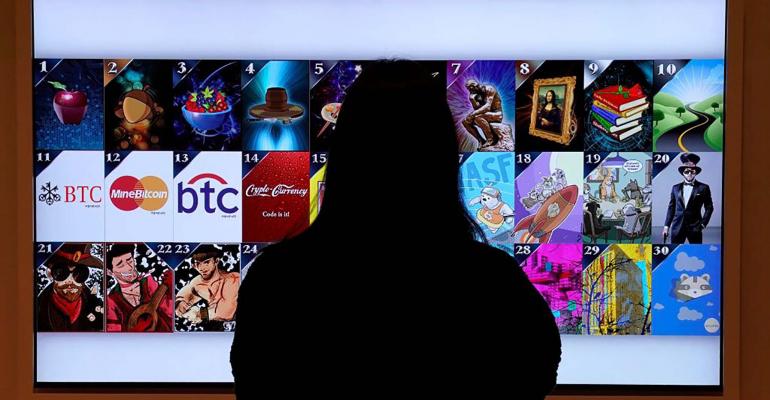Web 3.0 has the potential to have a profound impact on estate planning as various aspects of our lives become tokenized.
The first harbinger of this revolution is the passion for art NFTs. There is more here than meets the eye. Not only are there very personal reasons for collecting, but there are also unanswered questions as to their meaning in a cultural context, as well as how NFTs are handled for tax purposes. This space is a whole new world for estate planning.
Although the promise of instant wealth and fame is always alluring, the current popularity of collecting art NFTs may also reflect modern anxieties about capitalist consumer culture. The idea that eventually all digital images, no matter how ephemeral or mundane, will become valuable and collectible seems to make consumerism more meaningful. The result is that people will buy art NFTs not simply as a consumer but also as a collector.
People collect for all kinds of reasons. Some collect in a way that instructs us about the nature of the world; some collect in a way that reflects a sense of nostalgia of a lost childhood; some collect to represent fantasy worlds, lost worlds, or worlds distant in time and space. Collecting is a narrative process: objects become symbols and require a collector to narrate its meaning. Some collections become sites of familial and cultural memory.
By collecting art NFTs, people will be able to continually negotiate their relationship with the actual and virtual worlds as both are shaped by new technology. Indeed, the entire concept of Web 3.0 lends itself to collecting. Collecting is a quintessentially interior action, and digital assets will be taken out of circulation and brought “inside” the blockchain based on its relationship to the collector. The collection, much like art, is taken out of the public domain and displayed in private. The spectacular sales of NFTs may soon be replaced by the sale of access to virtual collections through ticket NFTs as the main source of gain.
As virtual collections of digital assets develop, so will the interplay of the virtual and physical spaces where they are displayed. As data is registered on the blockchain and tokenized, smart contracts will define what is public information, agreed upon information on a consensus ledger, or private information and kept secret. Art NFTs can mathematically enforce what is public and what is private; what is domestic and what is not; and how the display of collected NFTs reference the creator, the collector, inside your virtual home and the digital world outside.
Expect to see similar inquiries into art NFTs as are raised about the political nature of art collecting. Does the collecting process permit (or even encourage) a kind of objectification or "othering" of humans? When the digital image stops being defined by its function, its meaning is entirely up to the person viewing the object. The result is that all objects in a collection have one common denominator: the passionate abstraction called possession. The result is that the collection becomes more valuable than the sum of its parts. In order to preserve this value, specialized planning is required, adapted to the challenges of the swiftly changing environment that is becoming Web 3.0.
Planning for art NFT collectors requires an understanding of both the art market and the art NFT market. This includes how people behave when collecting, the advisory process for collectors, the specialized aspects of managing digital assets, the tax and nontax issues involved in transferring ownership and control of art NFTs, the income taxation of art NFT transactions, gifting NFTs, and planning the sale of NFTs, either individually or as a collection.
People will collect art NFTs, and that vast array of tokens will endure far beyond their lifetimes. This is a new world for clients and for advisors, one that has yet undefined risks. It requires both expertise in estate planning and in managing digital assets. Estate planners have experience in the first area, but we must redouble our efforts to acquire more expertise in the second.
Matthew Erskine is managing partner at Erskine & Erskine (www.erskineco.com).





